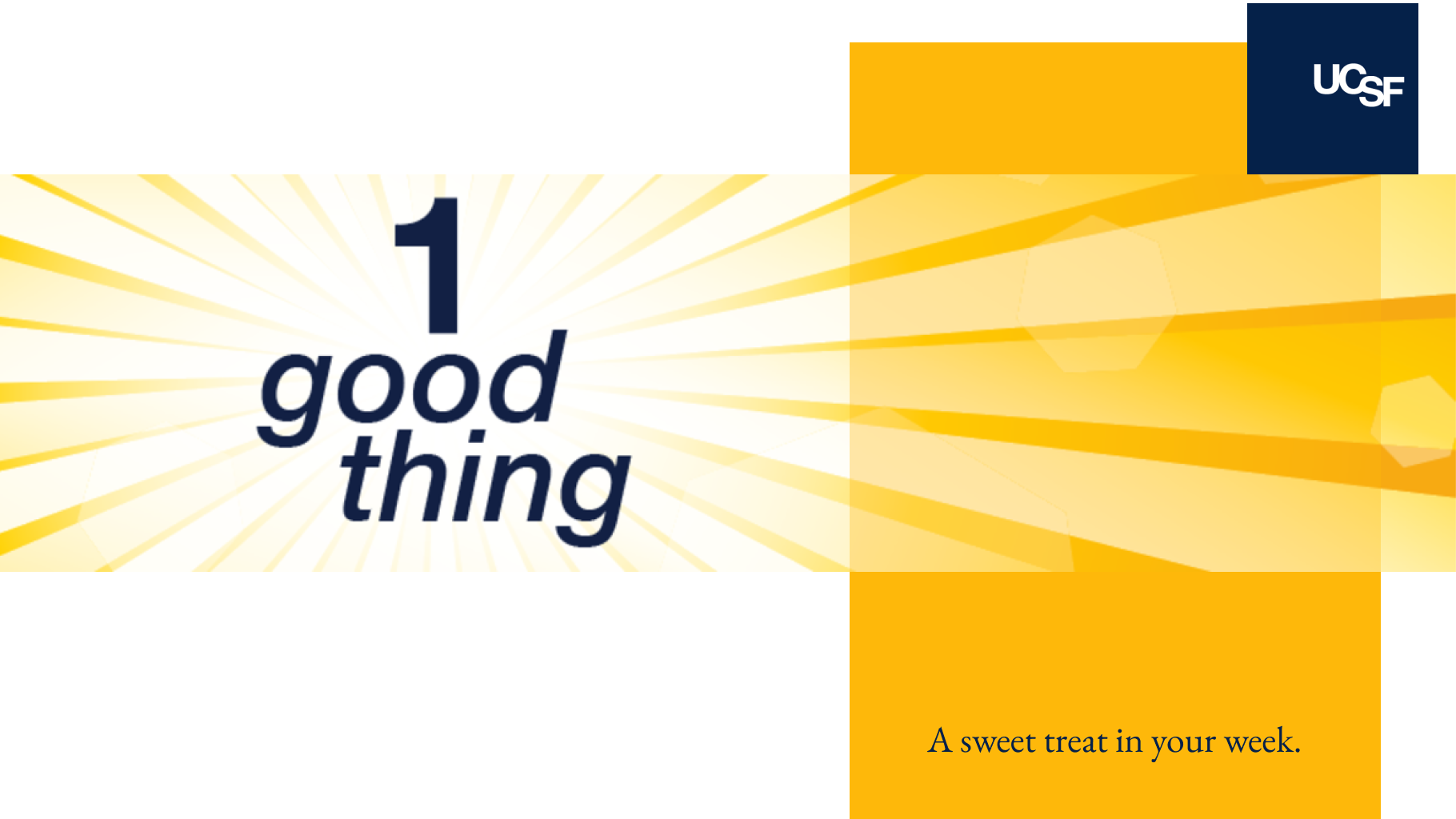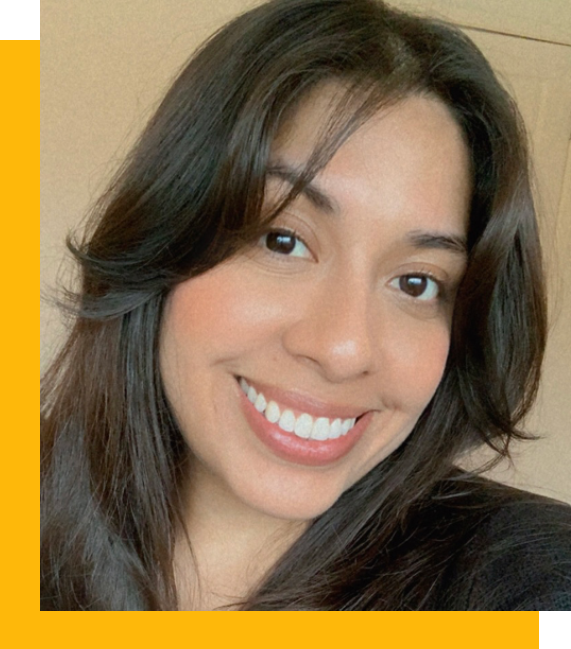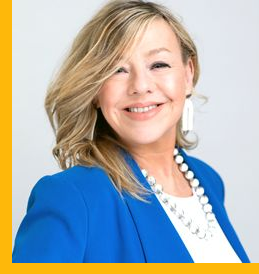
How Karen Copes
This week we talked with Cope Program Navigator Karen Monterroso about how she helps the UCSF community and their family navigate mental health and well-being resources to ensure timely access to support.
Often, the people I work with have been trying to access services for a long period of time on their own and may be feeling a lot of frustration. It is so rewarding to use my specialized knowledge to help them get what they need, when they need it.
Karen Monterroso (she/her)
Cope Program Navigator
UCSF Human Resources
How Karen Copes
In September of 2024, Karen Monterroso became the Cope Program Navigator, offering mental health and well-being resources for UCSF staff, faculty, trainees, and their family members. The program features a confidential and interactive Digital Health Tool available in English, Simplified and Traditional Chinese, Spanish, and Russian. Before joining Human Resources, she worked for the Pediatric Surgical Specialties department at UCSF Benioff Children’s Hospital. We talked with Karen about her role and how she supports the UCSF community.
Tell us about your role as Cope Program Navigator.
My main role as a navigator is assisting the UCSF community to find mental health and well-being resources and acting as a liaison and partner in getting what they need. Support looks very different for everyone, and I tailor how I support them to meet their needs.
What types of issues can you help with?
Connecting to resources. Navigating and addressing barriers that people may encounter when seeking mental health services through their insurance. Most will give a long list of providers, and we can help filter that list to find providers that have appointments available, are in the insurance network and can meet specialized needs. Talking to mental health plan representatives, knowing the insider insurance and provider language and the ins and outs of the systems.
Other areas I’ve helped with are domestic violence, immigration support, and grief support. I can hop on the phone with them for their calls to insurance plans and help minimize the burden in other ways barriers to identifying available providers so they can easily schedule an appointment quickly. Often, just listening to them is what they need most.
How to use the Cope Program
Access the Cope Digital Health Tool:
- Text "@Cope" to 1-833-319-1084
- Launch the tool from your computer or mobile phone
- Visit the Cope Program website
- Download the Cope Program flier (Box PDF)
What is your favorite part of the job?
Making a positive impact and building relationships. Often, the people I work with have been trying to access services for a long period of time on their own and may be feeling a lot of frustration. It is so rewarding to use my specialized knowledge to help them get what they need, when they need it.
FAVORITE COOKIE JAR TREAT?
Chocolate chip cookies with big chunks
Have a good story idea? Contact Kim LaPean. And sign up to receive the latest One Good Thing !





